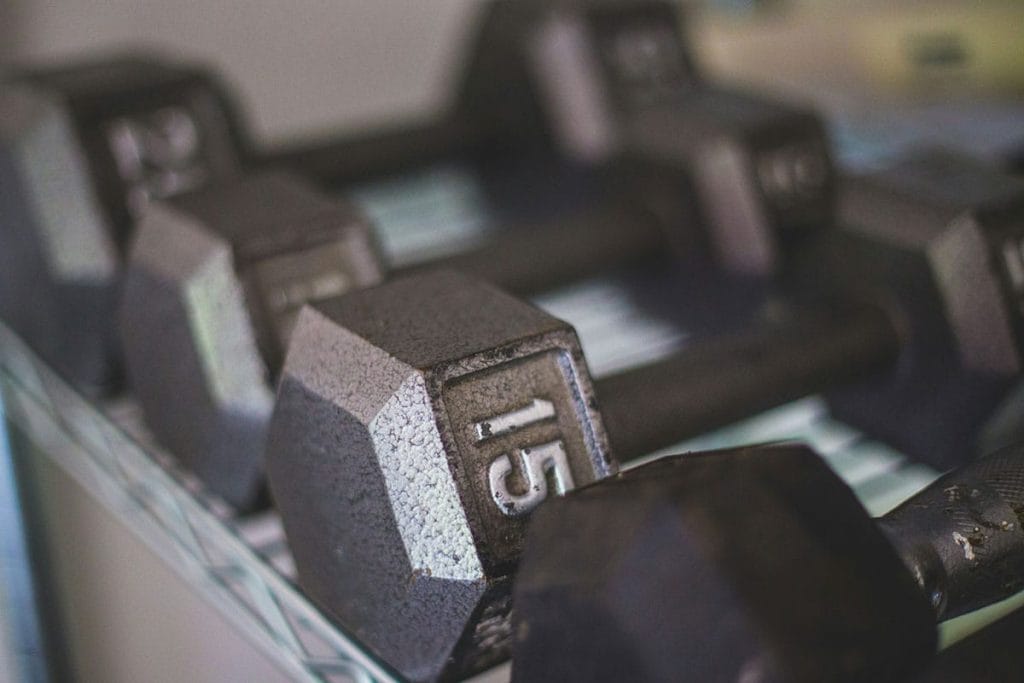At Kôr Fitness & Performance, we have members of all ages, including menstruating and menopausal athletes. We ask why are periods “a curse” and menopause “the sign of getting old?” Instead, we view our period as a monthly check-in to tell us our body is healthy and properly fueled. In other countries, menopause is celebrated as a natural transition for all women and a new era of freedom.
What is Menopause?
Society typically generalizes and calls every hot flash or new symptom we get “menopause.” If it’s not a hot flash, then what actually is menopause? There are three phases to this transition in life for half of the population:
Perimenopause
Perimenopause is the transition leading up to menopause, typically occurring in women in their 40s or early 50s. During this time, hormone levels fluctuate, leading to irregular menstrual cycles, hot flashes, mood swings, and other symptoms. This phase can last up to 10 years, but is usually 5 years before your period ends.
Menopause
After menstruation has stopped for 12 consecutive months, then an individual is in the phase known as menopause. The average age for this phase is 51.
Post-menopause
Menstrual cycle has completely stopped. The state of our body for the rest of our lives. In this phase some or all of the symptoms previously experienced will gradually diminish.
During all three of these transitions, hormones are significantly changing causing varying symptoms. Which if you’re reading this, you probably already know that.
Combating symptoms for menopausal athletes
So what can we do to combat these symptoms in our daily life as well as in the gym?
- Eat a diet consisting of quality protein, fruits and vegetables. Our nutrition coaches can help with forming these habits.
- Modify the stimulus of our workouts. For example, focus on strength instead of intensity for 3 days of the week. If there’s a conditioning component of the workout use heavier weights versus trying to go fast.
- Prioritize recovery through food and sleep.
- Manage stress levels and incorporate mindfulness.
- Attempt to get 35-40 g of protein post workout.
- Track your symptoms using an app like Fitr Woman.
Some supplements that may be beneficial for menopausal athletes to look into:
- Omega-3 – helps with inflammation
- Schisandra – helps with brain fog
- Ashwaganda – helps with inflammation and relaxation
- Maca – helps with bone density
- Tumeric – helps with inflammation
Hormone replacement therapy can also be a beneficial tool. Here are the 2020 menopausal hormone therapy guidelines to see for yourself.
Additionally, as hormones change, pelvic floor changes can happen as well. Know that it doesn’t have to be normal that you pee your pants just because you’re getting older. Pelvic floor muscle retraining and/or bladder retraining can help.
Training pelvic floor can also assist with pelvic organ prolapse. Pelvic organ prolapse is a feeling of vaginal heaviness that occurs in 50% of women at an average age of 52 years old. The best research we have to prevent and improve these symptoms? Lifting heavy shit. Women lifting less than 30 pounds were more likely to experience pelvic organ prolapse than women lifting over 100 pounds.
As we like to say at KFP, movement is medicine. Movement creates blood flow which helps keeps tissues healthy. The pelvic floor is no different. So we can add in orgasms to the top of the list for getting blood flow to our pelvic floor. If vaginal dryness is a deterrent, this lubrication contains hyaluronic acid, which can help keep the tissue hydrated
These changes will happen to every woman as we age, let’s embrace the change and help each other be more comfortable throughout it!

